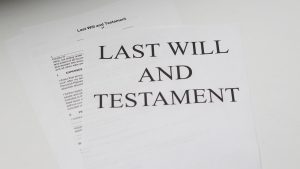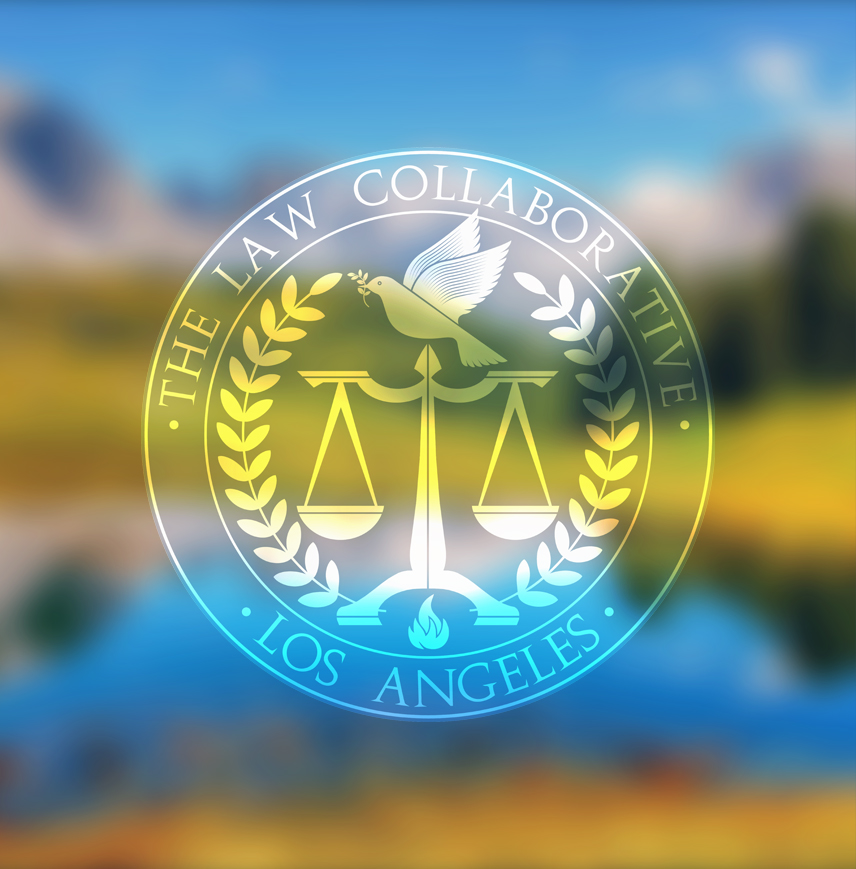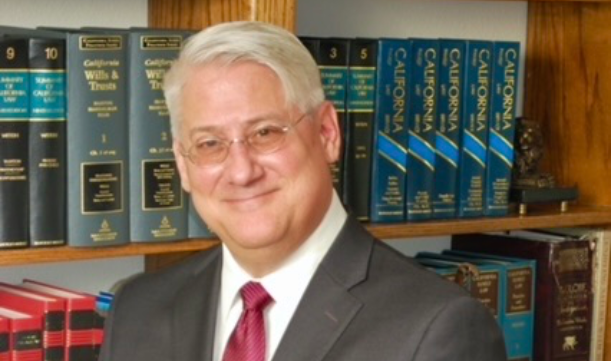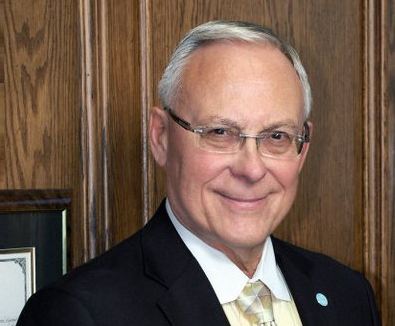Family Law Lawyers choosing among the newly emerging roles now offered in Alternative Dispute Resolution face a daunting challenge. First, one must be very clear in defining which role to play. You may, as a matter of choice, fill a number of possible roles with different functions, such as mediator, collaborator, mutual counsel, consulting attorney, and possible litigator.
In addition to the variety of roles now available to attorneys in Alternative Dispute Resolution, there are a number of standards that must be kept in mind. In California, we are bound by the Rules of Professional Conduct, but it doesn’t end there. We are also measured by the ABA Model Rules of Professional Conduct. Those that are Fellows of the American Academy of Matrimonial Lawyers must also subscribe to the Bounds of Advocacy promulgated by that distinguished association.
Family Law Lawyers rightly take pride in the continuing development of stringent rules with regard to the conduct of Family Law Lawyers. But questions continue to haunt us: are we serving our clients or are we serving an outmoded tradition?
Do we listen to our client’s true needs, and frame those needs within the welfare of the entire family? Does dated courtroom ritual impose upon clients, family, and children the whim of the legislature or judge? Can we remain objective and unconnected in serving our clients in terms of their best interests, or are we applying past convention or personal agenda to societal problems?
Vigorous Advocacy has been a comfortable friend. We have no difficulty bringing vigorous advocacy to bear in asserting representation for the client. However, our British brethren regard our application of “vigorous advocacy,” with appalled horror, and no wonder. We’ve seen purportedly distinguished Family Law attorneys duking it out in the courtroom. Vigorous advocacy has become an umbrella for almost any conduct short of illegal means.
When arbitration was introduced as an alternative to litigation it had no affect on vigorous advocacy. We simply took our business out of the courtroom and brought it into a hotel room or library. Little adjustment was required.
In the 1970’s, along came Mediation. Many saw it as an answer to the rancor and hostilities often experienced under the aegis of vigorous advocacy. Mediation by definition is non-adversarial. Lawyers who wanted to be mediators needed to re-tool, to learn new technology that included the skills of mental health professionals – techniques such as active listening, reflective feedback, reframing, and the art of holding the opposites. Not all lawyers wanted to do this, not all lawyers were able to do this. And, possibly because of habit, or our addiction to hierarchal thinking, some of us came to believe that others of us were less than lawyerly, if we showed interest in this new kind of “softer” work.
Combat is hard. There is no room for compassion in combat. Those that dally with consideration or empathy are bound to fail on a battlefield of no-holds-barred courtroom combat. It’s either fight or fail. Many believe that unless one masters and practices litigation-style Dispute Resolution, one is not worthy of the appellation, “lawyer.” Some among us even wonder if the we should tolerate non-adversarial lawyers.
Ethics, and community values, however, compel us to take a harder look at such ideas. ADR is evolving. If we are to live up to our claims of professional commitment to families, children and society as a whole, and to improving the quality of service to the community in the area of family law, we must evolve as well.
Mediation became mainstream when the courts embraced it with enthusiasm. The legislatures were quick to add it to the statutes, and many lawyers learned new skills borrowed from the toolbox of mental health professionals. Mediation was added to the menu of family law practice. Some lawyers even gave up litigation in favor of an all ADR practice.
Now comes Collaborative Law, another reflection of society’s ongoing disappointment, distrust and angst over combat-based Dispute Resolution. If I were to ask those assembled here, “How many of you think we have designed the best possible model for resolving family conflict,” few would raise their hands. In fact, I asked that question of approximately 200 Family Law lawyers in Southern California at a recent California Bar Convention. Not one hand went up. Ask that question of your colleagues. Ask that question of your clients. We continue to face the challenge of forming a better solution to litigation. Collaborative Law may be it, or not. But we ought not turn our backs on the need for change.
It’s a fact that many lawyers are actively involved in Collaborative Law, in theory and in practice, all across the country. The Wall Street Journal reports that Collaborative Law is practiced in 35 states and three provinces of Canada. A recent AAML survey tells us that more than a third of those responding, report an active Collaborative Practice, and more than 70% report an interest in learning more about Collaborative Law. More than 70% report an interest in learning more about Collaborative Law.
Are the ethical issues in this new model of Dispute Resolution very different from traditional practice? When lawyers move from advocacy to neutrality within mediation, ethical concerns make an important shift. The mediator is duty-bound to absolute neutrality and the absence of any appearance of bias. As mediation has been determined to be something other than the practice of law, collaborative lawyering brings lawyers back into the ADR arena, engaged in interest based bargaining collectively and cooperatively. Thus, unlike mediation, all of the rules of professional conduct fully apply. Yet the climate of the process may be dramatically different.
Each party and each attorney takes an oath to scrupulous honesty, voluntary, full disclosure and a total commitment to seeking a joint solution that is family centered and child friendly. The commitment to children and family, confidentiality, vigorous advocacy, and attorney-client privilege are then seen through the prism of mutuality. Lawyers, as counselors, raise the level of professional awareness to all of the issues and each option. Matters of interest to the parties that may not be permitted as a matter of law in the courts of a particular jurisdiction may be included in this process. In one recent case a lifetime of spousal support was traded for an unequal, and generous, division of actual property. In another, the parties gave up rights to provide options for adult children. The possibilities of creativity and imagination are virtually limitless. In addition, under the limited scope retainer, the parties retain the right to litigate, compelling the lawyer to settle the case to the satisfaction of the client, or compelling the client to go elsewhere should he decide to litigate.
One lawyer has suggested that instead of warriors or gladiators in the tournament of dissolution, Collaborative Lawyers might think of themselves in a more priestly or rabbinical role. Not within a spiritual or religious definition, but rather a ceremonial one. Collaborative Law presents advocacy in a new light. The advocacy is to the client who chose the process, to the process, the children, the family, and the team. If we think of ourselves in our counselor role, committed to helping families in crisis find solutions, solve problems, reorganize and redesign, we will alter our image, and our vocabulary.
Pauline Tessler, in her definitive work, published by the American Bar Association, introduces the “durable power of attorney,” a new approach to representation. Collaborative advocacy does indeed have boundaries, made clear at the outset of the attorney-client relationship. The client is advised that this unique form of attorney-client relationship rises above the demands of the shadow personality lurking in the heart of every party to divorce. When retained by Dr. Jekyll, the clear distinction is made that Edward Hyde is not a party to the agreement. Edward Hyde is defined as the shadow client, the party who wants what he wants, regardless of the effect it will have on the children or the family reorganization plan. When and if he appears, representation is declined, for Mr. Hyde is not the client.
The collaborative process makes a unique demand on the commitment of the parties. The advocate must advise the client that vigorous advocacy is defined differently at the outset. The party does not give up the right to litigate. He merely gives up his right to use this counsel as an instrument of destruction. The client may yet retain a gladiator to carry his spear and ride forth in the arena of combat if he so chooses. When this unique concept is clearly explained, and the client fully accepts it, he understands that the limited scope of representation is intended to protect him, and his family, from the shadow side of his own personality that may emerge at some point, intent on destruction in the wake of having his own way at any cost. This is the essence of the holding of the opposites that proves so difficult for lawyers trained in traditional litigation skills. Instinctive in our response on behalf of our clients, we find it challenging to hold the opposite view for benefit of the family and the reorganization design that most reflects the best possible win-win alternative. Habituated as we are toward either/or hierarchal thinking, this negotiated, alternative scenario requires the use of creative and contemplative energy unfamiliar in the ordinary course of practice. Power-based, positional bargaining is much more familiar to us than interest-based bargaining. The idea of seeking and finding solutions that address the needs of each family member is challenging. Yet, that is the demand of this more recently evolved form of ADR, posing a new set of ethical issues that must be addressed. What are the bounds of advocacy? How do they apply? Do they apply at all? The answer lies in an understanding of the critical distinctions between the different competing approaches. In litigation or arbitration, the lawyer’s primary allegiance is to the client. With mediation, loyalty is to neutrality and safety. In the collaborative process, allegiance is to both client and process. If there is conflict between the two, you must discuss it with your client to find out if the conflict is yours or his. If the conflict is yours, you must discuss it with him to let him know why you are feeling the way you are. If the conflict is his, you need to understand the nature of the conflict to determine whether it can be resolved within the process, or not. If it can, then the process continues. If it cannot, then the client moves outside the process, fully cognizant of the power of choice. This can happen, but rarely does.
In litigation and arbitration, client confidences are kept, with only limited exceptions in the most extreme circumstances. In mediation, confidences may be revealed in caucus, but not without consent. In Collaborative Law, confidences are maintained, yet clients are encouraged that openness is more likely to be in the family’s best interest. Of course, no confidence may be kept that violates the duty of full disclosure that is the bedrock of the collaborative process.
In litigation and arbitration, posturing and strategic positioning expend quantities of time and money. In mediation there is no client for whom to posture or strategize. In Collaborative Law, all meetings are open, honest, and educative. Posturing and threats have no place. “Winning,” regardless of equity to the family unit, is implicit in the litigation process. In Mediation the parties decide what is equitable. The lawyer’s sense of “fair,” is immaterial. With Collaborative Law, understanding your client’s view of “fair,” is coupled with helping him negotiate for it, while taking into account the other side’s view of fair. Fair is relative to point of view. The goal is to find equity from both points of view. This critical distinction elevates the role of the collaborative lawyer to counselor and mentor, allowing the experienced Family Law attorney to model behavior and conduct that facilitates Dispute Resolution, conflict avoidance and crisis management.
This is a new role for those of us who are willing to participate in the changing landscape of dispute resolution. If we are to remain at the forefront of developing technology in Family Law it is time for us to take the lead in exploration, education and research design. Who better than Family Law practitioners to determine and define the bounds of advocacy for this newly evolving opportunity in Appropriate Dispute Resolution.












